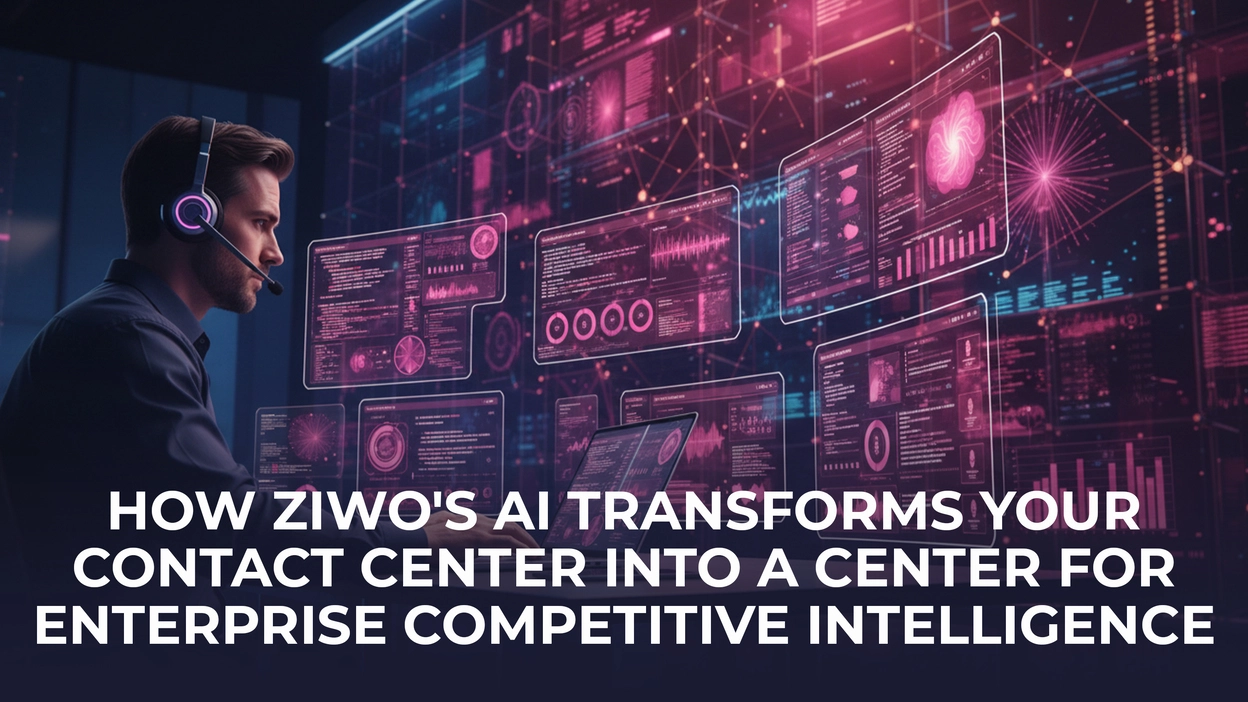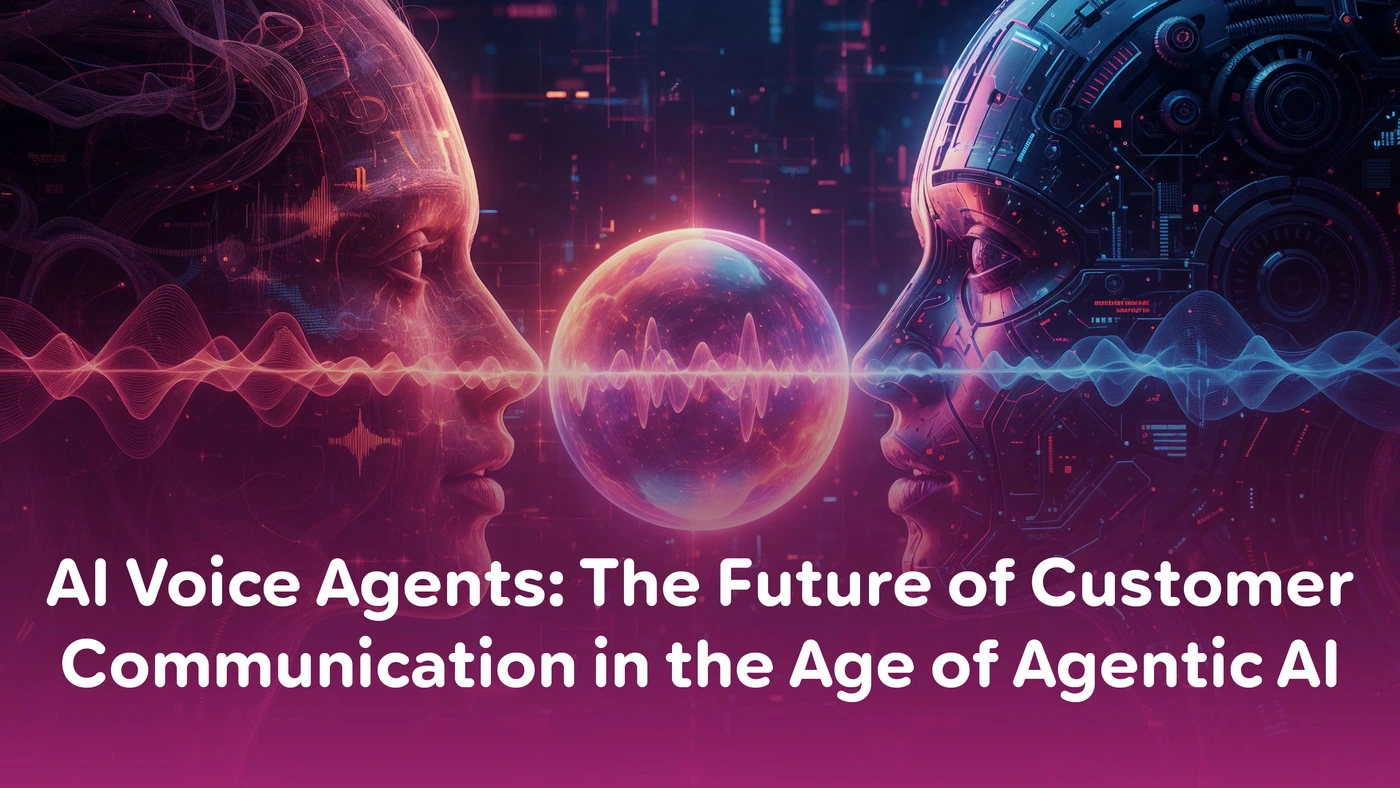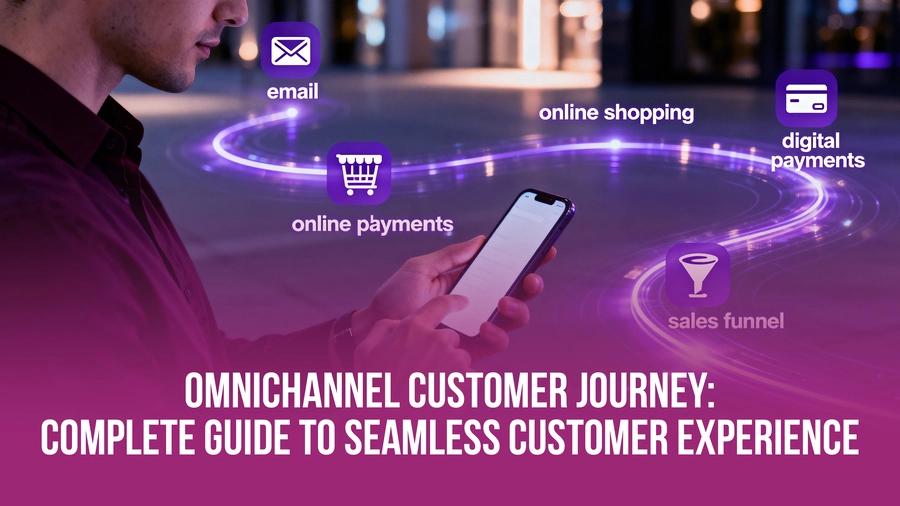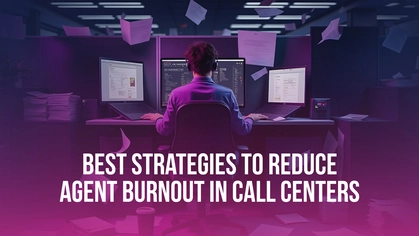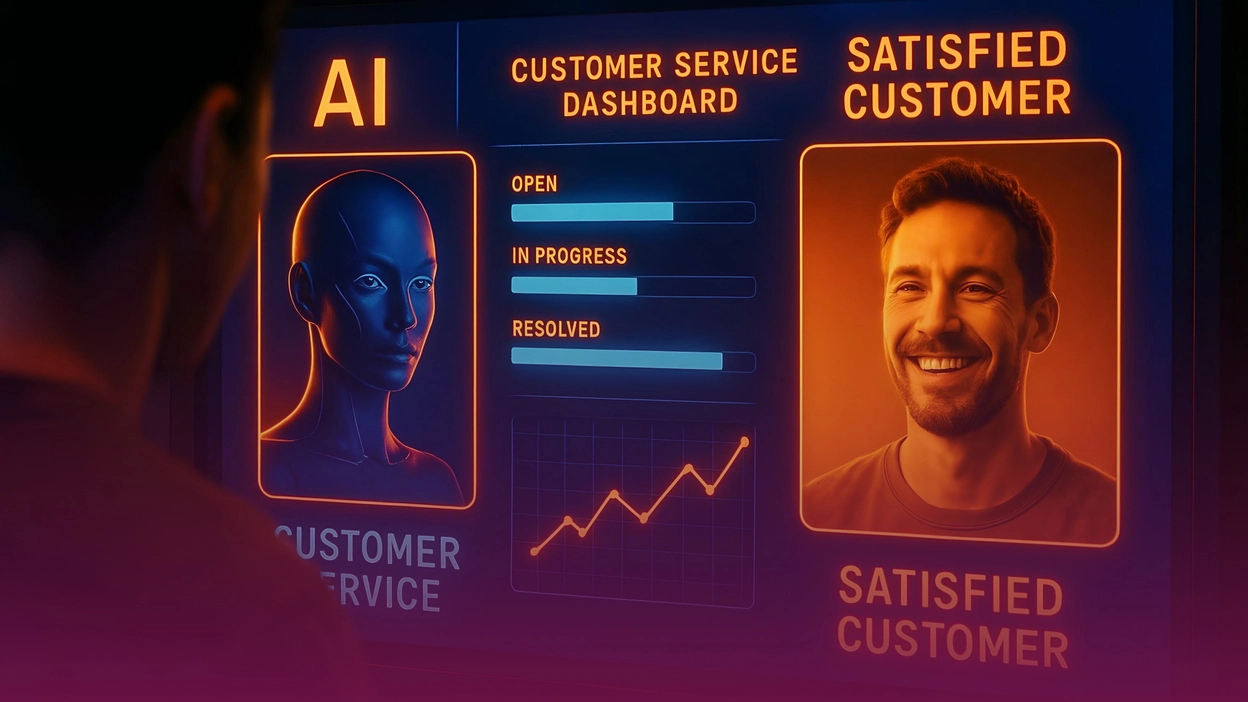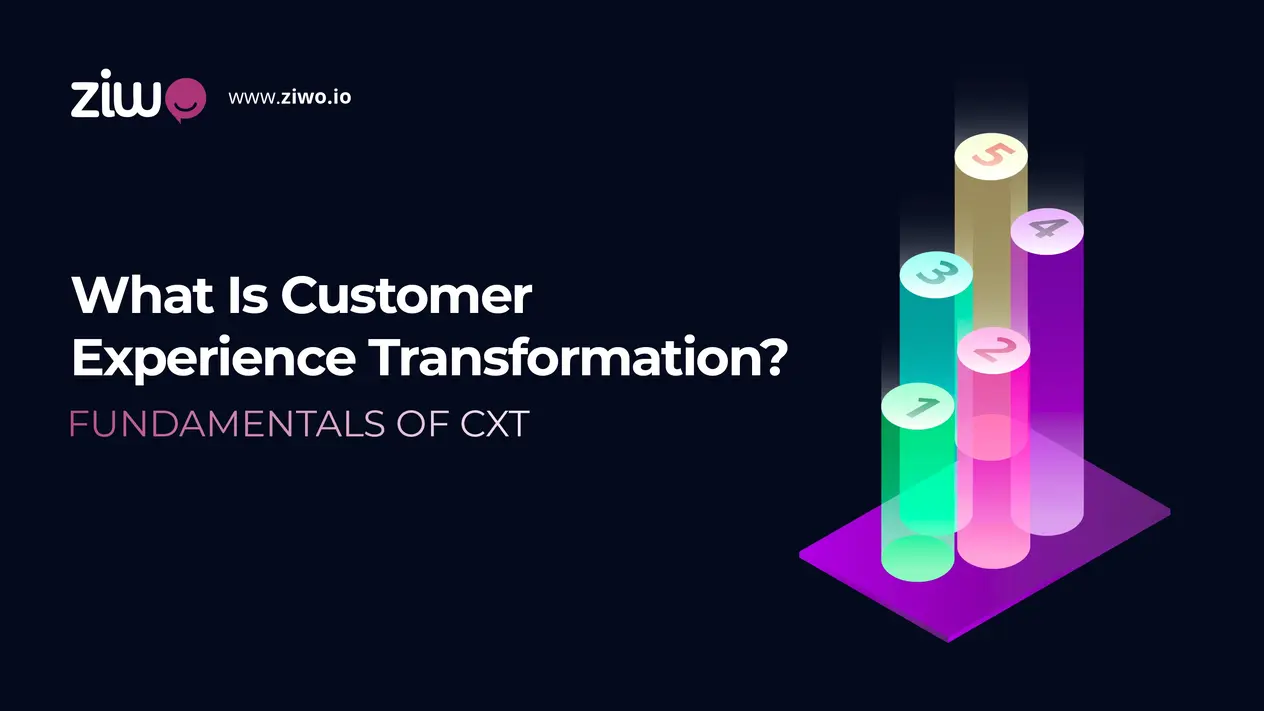
What is Customer Experience Transformation?
Customer experience transformation turns every action the business adopts and implements into practical strategies that align with the customers' needs, wants, and demands. The concept is simple. Imagine you're sailing a ship and decided to direct it to a treasure island called the customer.
What are the central values in this process after the customer becomes your goal? What are the steps? What changes in your operations? And what are the benefits?
4 Customer Experience Transformation Competencies
Any business concept has its values and core elements that represent the pillars on which it is founded. Similarly, customer experience has its competencies:
1- Purposeful Leadership
Before applying any new policy, you should be sure that your team shares the same vision with you. The board or managing executives should believe in the results that will occur in case of a customer experience transformation. In other words, you should have an authentic 'Why' that triggers the board member and the whole staff. That's a common purpose that you inspire your team as a leader.
2- Compelling Brand Values
The values that your brand believes in should inspire the way you deal with your customers. This drives you to build your brand on strong values that make every customer feel appreciated and your employees always get motivated to work for such values. This leads us to the next core competency.
Statista research reveals that 60% of consumers prioritize trustworthiness and transparency, identifying these traits as the most valued in a brand.
3- Employee Engagement
You need engaged employees to be part of this program to orient the whole business for customer good. When employees feel appreciated, they'll quickly transfer the same emotion to customers. When one employee prioritizes the customer in his mission, he deserves a special treat. Now, other employees can follow his good deed.
4- Customer Connectedness
This competency allows you to ensure every action the business adopts and every service offered meets the customers' expectations. Surveys could be a tool, but focusing on the details will kill this competition.
According to recent Statista findings, 43% of consumers are at ease with providing personal data through surveys, interviews, or online forms. Millennials exhibited the highest comfort level, with 51% prepared to share their information.
What about reading the comments on the social media platforms? Do you have a forum that builds a community discussing issues and solutions related to your services? Have you read business Google reviews?
Why don't you try to contact customers who had bad experiences, get live feedback, and know what they're looking for? Make your customers engage in the business and become part of the solution.
Levels of CXT
If you're asking how to achieve customer experience transformation, you should easily follow the following steps.
1- Planning
Setting the basis for guaranteeing a successful customer experience transformation is key. It's not only about setting goals; it includes expectations and benchmarks that clarify the path.
2- Learning
After getting the board and C-suite level on the same page, launch and explore new CXT practices and their expected results. This stage turns theoretical aspects into action, which involves discovering the suitable actions, unsuitable, and best-performing practices.
You'll probably start from the after-sales department and invest in transforming the new customer experience for customer support, customer service, and customer success.
Level two includes building a team that you trust to make a more convenient journey for your customers. This stage impacts the current situation and prepares your business for the future.
3- Expanding
Now, you apply new strategies to pre-sales departments, which include marketing and sales.
In this stage, you can develop the 360-degree customer experience transformation. From this point of view, you will gain more knowledge about your qualified customers, enabling you to help them more throughout the complete cycle, from sales to customer support.
4- Advancing
Customer-centric practices and behaviors have become increasingly a solid part of your core competency. It's time to add some tech! No advanced customer experience transformation occurs without digital transformation.
Embed the technology and innovative solutions to become part of your upgrade and facilitate your customers' experience in the right direction. It could be using an advanced CRM, integrated call center software, high-performing helpdesk ticketing system, etc.
5- Leading
Stage five is when you reap the fruits and benefit from the invested efforts in the past few stages. Thanks to your new competitive advantage, you can share your success story and lead the market seamlessly. This drives other competitors and industry-related businesses to follow your trail.
5 Benefits of Customer Experience Transformation
You might ask, 'Why should I implement customer experience transformation?' We believe that not applying this primary aspect to your business could cause you to miss out on some benefits that you need to stay ahead of the market.
1- Reduced Customer Churn
When your customers believe your business delivers the best experience and cares about developing it, they will never leave. As time passes, you will determine the personality that buys best from your business and tries to please them more.
Contact center software is an essential tool that leads to happy customers. ZIWO, for example, delivers omnichannel communication features to enable you to serve your customers either via phone calls or WhatsApp.
2- Higher Customer Lifetime Value
Spending more money on your products results in higher customer lifetime value. This increase is good for revenue; it's a metric that says you're moving in the right direction. It also allows you to put more effort, time, and money into continuously developing customer experience transformation.
3- Increased Customer Loyalty
Gaining loyal customers is a key sign of success. Loyalty is not just repeating purchases from your business; it reaches its highest level when the customer decides to leave the other competitors and choose your product because he was delighted with his experience with you.
According to Gartner, companies that effectively demonstrate the relationship between customer satisfaction and factors such as growth, margin, and profitability are more likely to succeed in customer experience and are 29% more likely to receive additional funding for such efforts.
4- Improved Customer Acquisition
Even if you aim to keep your customers loyal, attracting new customers never stops. However, you'll notice that the percentage of money spent on customer acquisition decreases over time as the reputation you've developed expands and crosses your client base limits through recommendations and gaining referrals.
5- Increased Revenue
No doubt, any improvement in the customer experience leads to a radical increase in business revenue.
According to Forrester, improving the customer experience can yield notable financial rewards. If customer experience scores increase by 1 point, strengthening customer retention and increasing the frequency of visits can lead to more than $1 billion in revenue.
Customer Experience Transformation in the UAE
The GCC region is part of the business game, which makes it evident that they prioritize CXT. Let's focus on the UAE!
The United Arab Emirates has considered digital transformation and made it a core part of the customer experience at both the private and public levels.
One initiative that proves the UAE leads the race is UAE PASS. It provides citizens with a unified digital identity, streamlines access to government services, and exemplifies the nation's commitment to leveraging technology for improved customer engagement. That's on the public sector level.
In the private sector, industries such as banking and telecommunications have adopted AI-driven solutions to promptly address unsophisticated customer inquiries, reducing wait times and improving service efficiency.
E-commerce platforms have also integrated machine learning algorithms to offer personalized product recommendations, aligning with the growing consumer expectation for tailored digital experiences.
However, recent surveys indicate that UAE consumers place a high premium on customer service quality:
- Brand Loyalty: 85% of consumers indicated a brand loyalty decrease compared to two years ago, with 91% likely to change brands following a single negative experience.
- Customer Support Preferences: 87% of consumers favor engaging with human customer support rather than chatbots or AI, and 85% wish businesses could provide support through WhatsApp.
These statistics underscore the importance of UAE businesses balancing technological advancements with personalized, human-centric customer service to meet evolving consumer expectations related to customer experience transformation.
